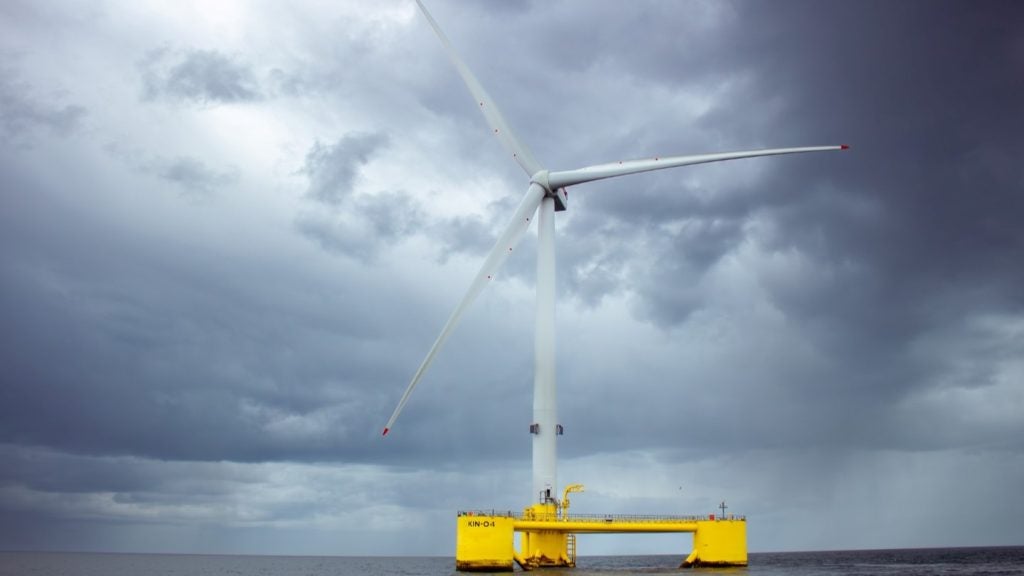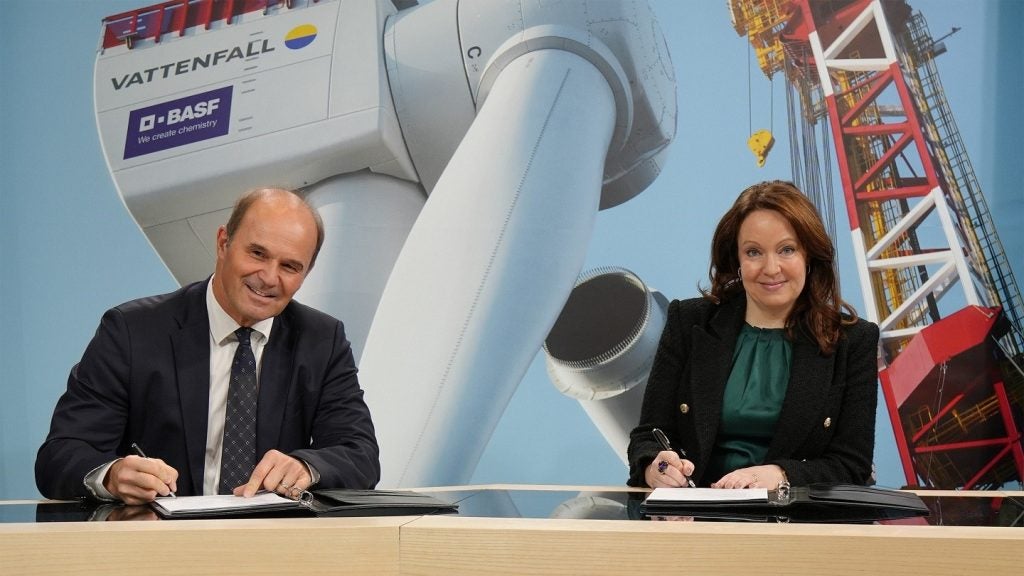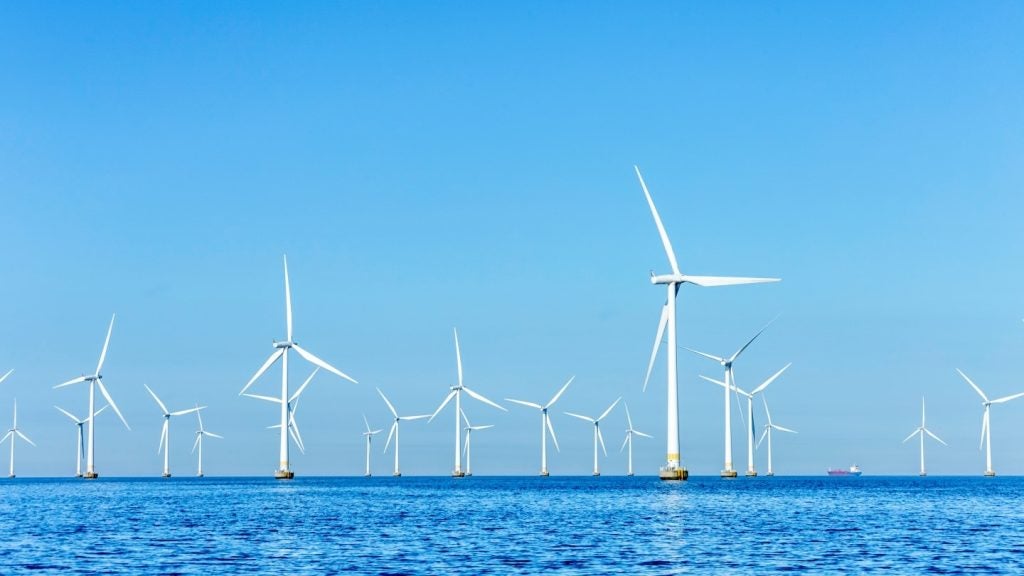Dongola Wind Farm is a 100.9MW onshore wind power project. It is planned in Northern, Sudan. According to GlobalData, who tracks and profiles over 170,000 power plants worldwide, the project is currently at the under construction stage. It will be developed in multiple phases. The project construction is likely to commence in 2020 and is expected to enter into commercial operation in 2024. Buy the profile here.
Description
The project is being developed and currently owned by Ministry of Water Resources, Irrigation and Electricity, Sudan. The company has a stake of 100%.
The project is expected to generate 300,917MWh electricity to offset 91,780t of carbon dioxide emissions (CO2) a year.
The Tubular Steel structure to be installed at the Dongola Wind Farm (Dongola Wind Farm Phase I), site are expected to be 70m high.
The Tubular Steel structure to be installed at the Dongola Wind Farm (Dongola Wind Farm Phase II), site are expected to be 70m high.
Development status
The project construction is expected to commence from 2020. Subsequent to that it will enter into commercial operation by 2024.
Contractors involved
Dongola Wind Farm (Dongola Wind Farm Phase I) will be equipped with Goldwind Science & Technology GW 82/1500 turbines. The phase consists of turbines with 1.5MW nameplate capacity.
Dongola Wind Farm (Dongola Wind Farm Phase II) will be equipped with Goldwind Science & Technology GW 82/1500 turbines. The phase consists of turbines with 1.5MW nameplate capacity.
Dongola Wind Farm (Dongola Wind Farm Phase III) will be equipped with EWT Holdings DW 54-900 kW turbine. The phase consists of 1 turbine with 0.9MW nameplate capacity.
See Also:
For more details on Dongola Wind Farm, buy the profile here.
Premium Insights
From

The gold standard of business intelligence.
Blending expert knowledge with cutting-edge technology, GlobalData’s unrivalled proprietary data will enable you to decode what’s happening in your market. You can make better informed decisions and gain a future-proof advantage over your competitors.







